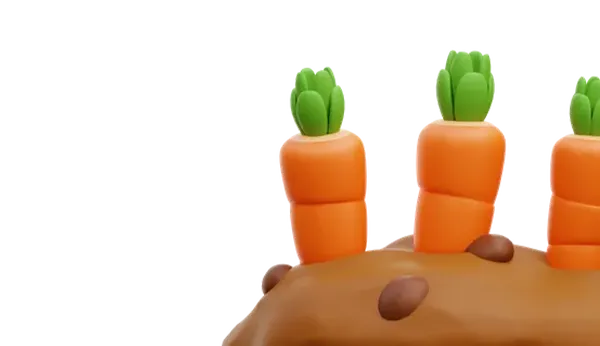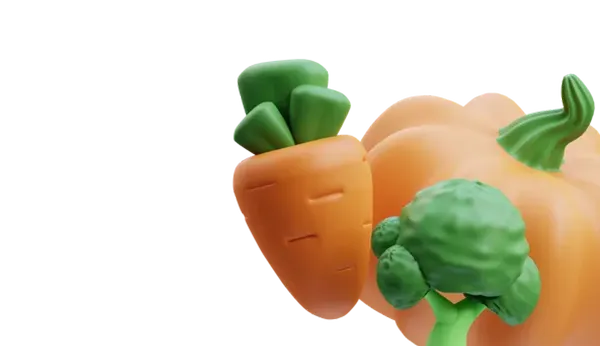Tomato seedlings are extremely sensitive to mechanical damage. If the stems remain untouched, the plants adapt more easily to the new location, promoting their rapid growth and development. Therefore, it is recommended to use sturdy and stable containers, and seedling containers should be tightly secured to prevent them from falling. After all, the sight of a broken tomato stem can evoke strong emotions in a gardener. How much time and effort was spent on growing healthy seedlings! Was it all in vain? In reality, there are several ways to remedy the situation and save your precious tomato plant. Tomatoes are capable of surviving even with serious damage, if given timely first aid.
How to Splint a Broken Tomato Stem
If a tomato stem is damaged but not completely severed, and you notice the injury immediately, the chances of successful repair with a splint are quite high. Since the plant's vascular system is still functioning, all that needs to be done is to assist the plant in recovering naturally.
Splinting involves securing the broken tomato stem to a supporting splint, allowing the vascular system to continue delivering water and nutrients to the branches and leaves above the break or tear.
You can use small, light, and sturdy items as splints that are usually at hand: wooden skewers, popsicle sticks, or even a regular pencil. You will also need garden twine to fix the damaged area.
The procedure is as follows:
1. Align and gently connect the broken parts of the stem so they touch each other. Secure this area with garden twine to prevent harmful bacteria or diseases from entering the open wound. Tie securely but not too tightly. Avoid crushing the stem and disrupting the transport of water and nutrients through the vascular system, as we are trying to solve this specific issue.
2. Take two identical clean splints and place them on either side of the broken stem. Ensure the break aligns with the center of the splint for maximum support. Then wrap the twine around both splints and the stem to secure them together.
3. Take a long stick and insert it into the soil next to the stem. Then use wire with a soft covering to secure the splints to the stick for better stability.
Around two to two and a half weeks later, when you see that the tomato is still alive and looking healthy, check the stem's condition carefully. The splints may be removable by then, but it is still advisable to continue growing such a tomato near a reliable support or in a special trellis box, and to harvest the fruits in time, especially if it is a large-fruited variety.
A Second Life for Your Tomato
Although it is impossible to fully restore a broken tomato stem, there is a way to give it a second life! Remember how readily overgrown seedlings root when placed in a tropical pit in the soil. Small roots appear on the stem that come into contact with the soil.
So, take the broken part of the stem, carefully trim the fracture with a sharp knife pre-treated with bleach, and place it in a glass jar with clean water so that the stem is immersed deep enough. Remember to change the water every few days to prevent stem decay due to bacterial growth, and soon you will see small roots forming on the stem. Once the roots have grown a bit, transfer the new tomato to a pot with moist soil, give it some time to adapt to the soil substrate, and then place it in a greenhouse, garden bed, or container.

 Trading platform
Trading platform 
 Monitoring
Monitoring  Express applications
Express applications 
 Fork Work
Fork Work 
 Service
Service  News
News  Directory
Directory 













